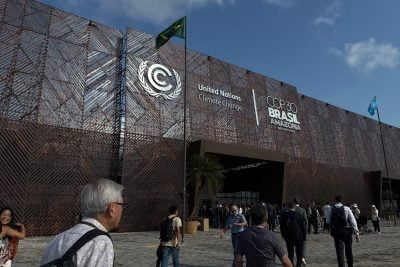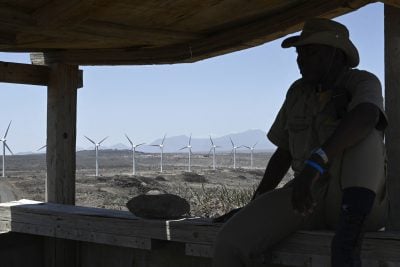Neil Ford reports on national and regional energy transition strategies in East Africa.
East Africa, as a whole, feels like it is on the cusp of substantial progress in terms of power provision, not least because national strategies should promote regional integration in the sector.
Kenya, like Egypt, just wants more generation capacity from whichever technology makes most sense to support its goal of achieving universal access to electricity by 2030. That partly explains why Kenya backed the development of a 1.05 GW coal-fired plant at the port city of Lamu, despite President Uhuru Kenyatta pledging to achieve 100% renewable energy.
However, while that project is looking increasingly unlikely to be built, new low-carbon geothermal and wind power capacity has recently been completed. With an official electrification rate of 75% last year, the 2030 goal is possible, but still ambitious.
Given its geothermal, wind, solar and large-scale hydro resources, Kenya is well placed to create a well balanced, low-carbon generation mix, so the loss of the Lamu coal plant would not be insurmountable.
Geothermal energy alone accounts for 823 MW out of the installed capacity of 2.7 GW, giving Kenya the world’s seventh highest national geothermal generating capacity. How fast local wind and solar power construction and operating costs fall may dictate national policy, as the government’s rolling 20-year masterplan is based on least-cost development.
By contrast, Ethiopia’s rapid electrification and industrialisation strategy is overwhelmingly based on the development of a single form of power generation – and on a massive scale. The government hopes that huge hydropower projects can continue to drive rapid economic growth, while bringing electricity to parts of the country that currently have very limited access. Such lofty ambitions come with massive downsides.
At the centre of this strategy is the 6 GW Grand Ethiopian Renaissance Dam (GERD) project. But this and other similar projects bring their own environmental and financial risks.Ethiopia’s hydropower ambitions have also generated tensions with Egypt and Sudan, the states further downstream on the Nile.
Access to the Nile waters provides a huge part of Egypt’s identity and, more practically, its water supply. The Blue Nile, which rises in the Ethiopian Highlands, accounts for 90% of the Nile’s volume as it enters Egypt. Successive Egyptian governments have protested against the GERD project, even threatening to bomb the dam.
Ministers from Ethiopia, Sudan and Egypt have held talks in an effort to resolve the dispute, including in Washington in March, with the US Treasury Secretary and President of the World Bank in attendance.
An agreement has not yet been reached but there is hope a plan for gradually filling the reservoir in order to avoid a sudden drop in water flow could be adopted. Negotiators are also seeking the use of mechanisms to mitigate the impact of drought on water levels in the river’s lower reaches. In practice, this would require lower power production. It had been hoped that a US-brokered deal would be signed off in early 2020, but it remained elusive at the time of writing.
Elsewhere in the region, the Tanzanian government’s goal of increasing national generation capacity from 1.6 GW to 10 GW by 2025 looks overly ambitious. A big step would be the completion on time of the 2.1 GW Rufiji hydro scheme. However, renewable energy development has been slow and little progress has been made on tapping huge offshore gas fields in the south.
The government is interested in exploiting the gas reserves to generate income from LNG exports, as well as, potentially, to provide feedstock for power stations. But failure to reach agreement on terms for the development with international oil companies and an uncertain outlook for international demand have delayed it.
Uganda is seeking to build on its earlier hydro projects by encouraging the development of geothermal and solar power projects. The UK’s Bantu RG Energy hopes to build the country’s first geothermal plant, a 10 MW facility in Nebbi District.
Related articles
South Africa’s energy woes trigger rethink among neighbours
North Africa: Renewables build on existing thermal capacity
Click to see more articles from the Africa Energy Yearbook 2020
Want to continue reading? Subscribe today.
You've read all your free articles for this month! Subscribe now to enjoy full access to our content.
Digital Monthly
£8.00 / month
Receive full unlimited access to our articles, opinions, podcasts and more.
Digital Yearly
£70.00 / year
Our best value offer - save £26 and gain access to all of our digital content for an entire year!
 Sign in with Google
Sign in with Google 


